Classic coffee cocktail with coffee and wine: espresso martini Espresso Martini
Professional barista communication, please pay attention to coffee workshop (Weixin Official Accounts cafe_style)
The origins of Espresso Martini can be traced back to 1983, when Dick Bradsell was working at Soho Brasserie, when he was asked to create a work by a young female model. The guest wanted something to "sober me up and get me drunk." (wake me up, then fxxk me up.)Soho Brasserie's coffee machine was right next to the bar, and Dick Bradsell combined espresso with the popular vodka of the time and added two coffee liqueurs and syrups to adjust the flavor. A cocktail called Vodka Espresso was born.
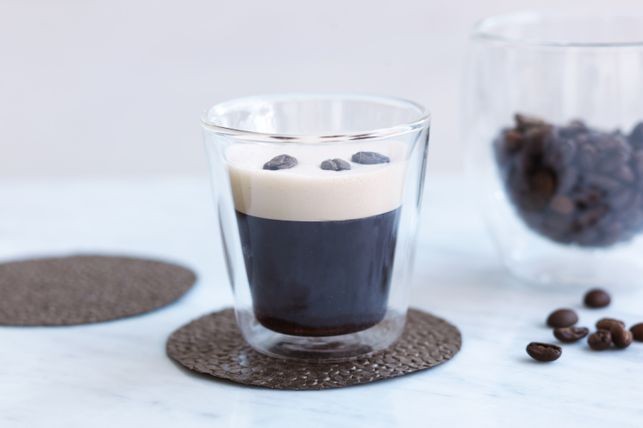
Dick Bradsell has claimed that the guest went on to become a supermodel, and many believe Dick Bradsell was referring to Kate Moss or her friend Naomi Campbell, but Dick Bradsell never confirmed this claim; and after his death, this question may remain a mystery forever.
Vodka Espresso was originally served in a whiskey glass on ice, but in the early 1990s, under the influence of the new cocktail, no matter what ingredients, as long as it was served in a martini glass, XX Martini, Dick Bradsell also changed the formula of Vodka Espresso to a martini glass, which we know today.
Although Dick Bradsell also offered Vodka Espresso, known as Pharmaceutical Stimulant, in a potion cup at Pharmacy, a bar he opened with artist Damien Hirst in 1998, Espresso Martini is still its best-known form.
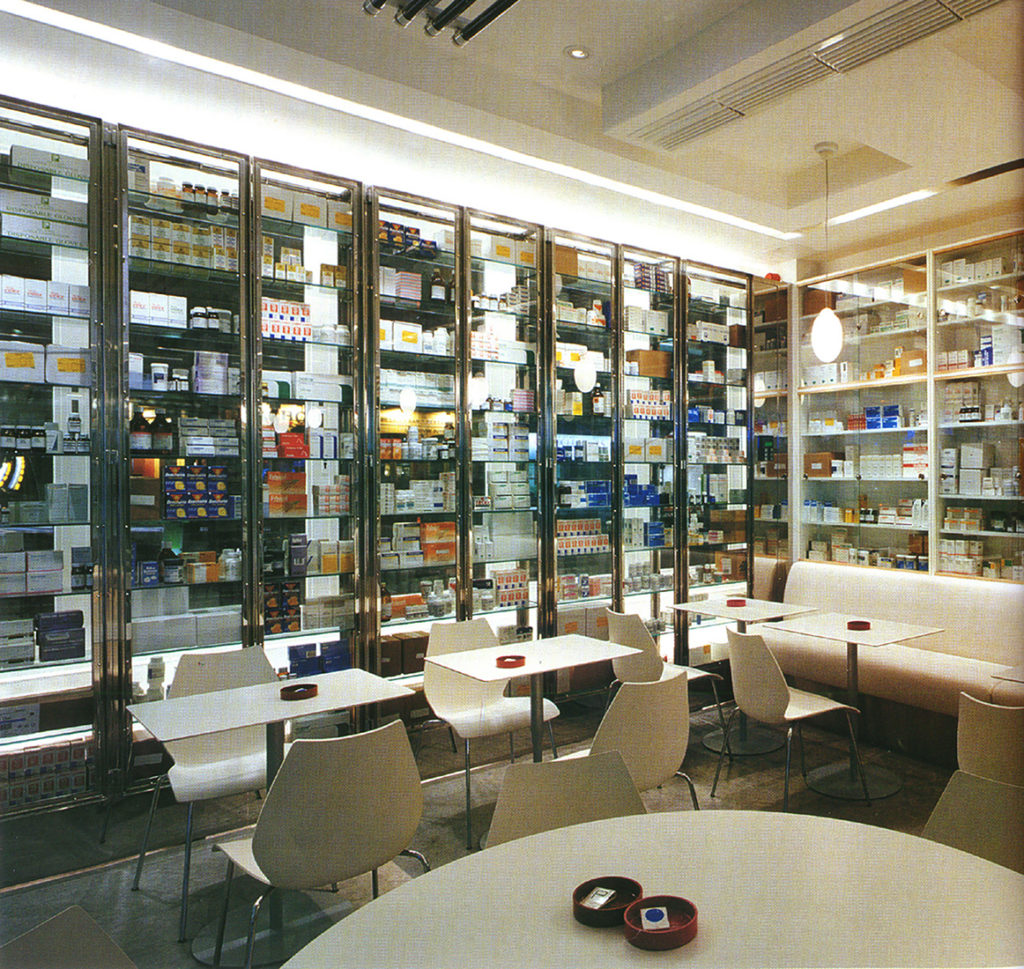
A typical Espresso Martini recipe includes 2 oz vodka, 1 oz espresso, 0.5 oz coffee liqueur and 0.25 oz syrup. Shake the ingredients in a pre-cooled sherry cup (espresso added last to avoid melting too much ice and diluting the flavor of the finished product), strain into a martini cup, and place 3 coffee beans representing health, wealth and happiness on top of the foam.
In the selection of raw materials, the use of high-quality grain vodka is important, but the real key to the success of Espresso Martini is still the quality of espresso coffee. In addition to using fresh espresso coffee to retain the aroma and flavor of coffee as much as possible, the coffee beans themselves must be relatively fresh to avoid oxidation of oil to produce oil consumption, and to help bring out rich and lasting foam after shaking.
Although the development of fine coffee has prompted more and more people to reduce the roast of coffee beans to highlight the origin and variety characteristics, considering the coffee fashion in London in the 1980s, Espresso Martini is still more suitable for coffee beans with a medium roast and above to present the classic bitter sweet flavor.
Coffee liqueur in Espresso Martini acts as a bridge between vodka and coffee flavors. But there are also many cocktail masters who integrate flavors in different ways: for example, Dev Johnson, the chief cocktail master of Employees Only, a well-known bar in New York that has repeatedly ranked among the world's top 50 bars, completely replaces coffee liqueur with syrup in the above wine list; Indulge Bistro in Taipei, which ranked among the world's top 50 bars this year, replaces syrup and coffee liqueur with vanilla sugar.
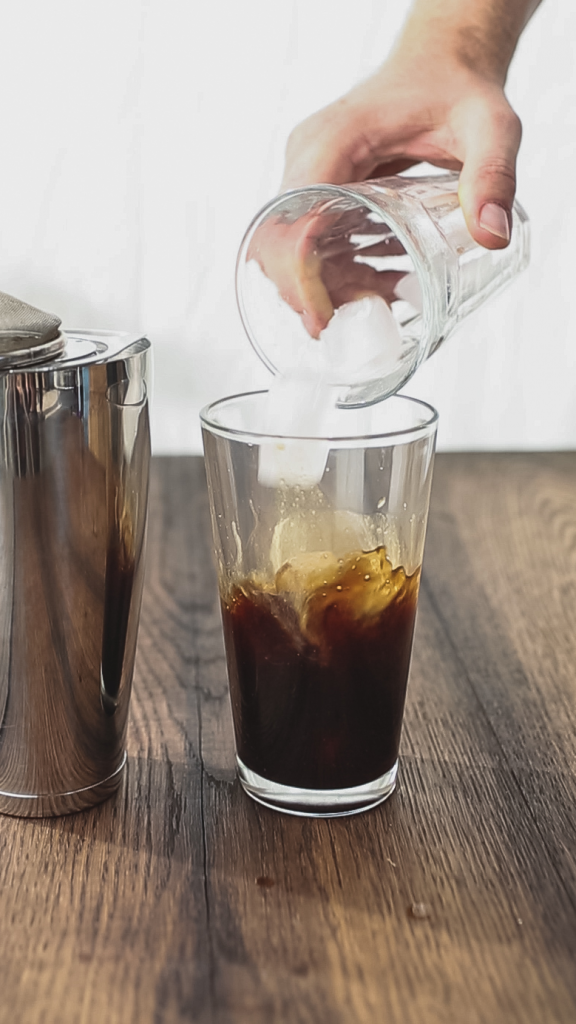
East End, one of Asia's top 50 bars, still uses coffee liqueur, but changes its base wine to Irish whiskey with a nutty, coconut flavor due to oak barrel aging to make the overall flavor more harmonious.
However, the most complicated Espresso Martini I have seen is ASTAR Coffee House in the alley next to Taipei MRT Zhongshan Junior High Station. The owner, Xiao Bao, was a Barcode bar manager. Although he nicknamed Espresso Martini and Vodka Red Bull, both of which are a combination of alcohol and caffeine, now as a barista, he is not sloppy at all.
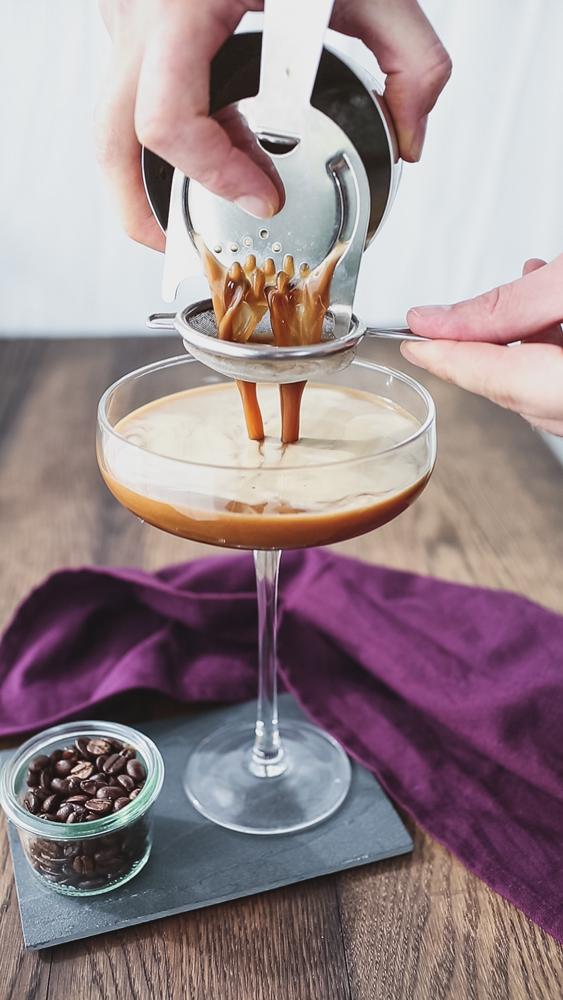
In addition to adding aged rum to vodka, espresso and coffee liqueur, serving as a flavor bridge between vodka and rum-based Kahlua, and adding honey instead of syrup to add texture, coffee bitterness is modified with a little salt. He even used reverse dry shake to improve foam performance. With medium and dark roast coffee beans, his Espresso Martini combines bitter, sweet and sour taste dimensions, but the taste is still firm and smooth. It is a masterpiece that cleverly combines cocktail master and barista thinking.
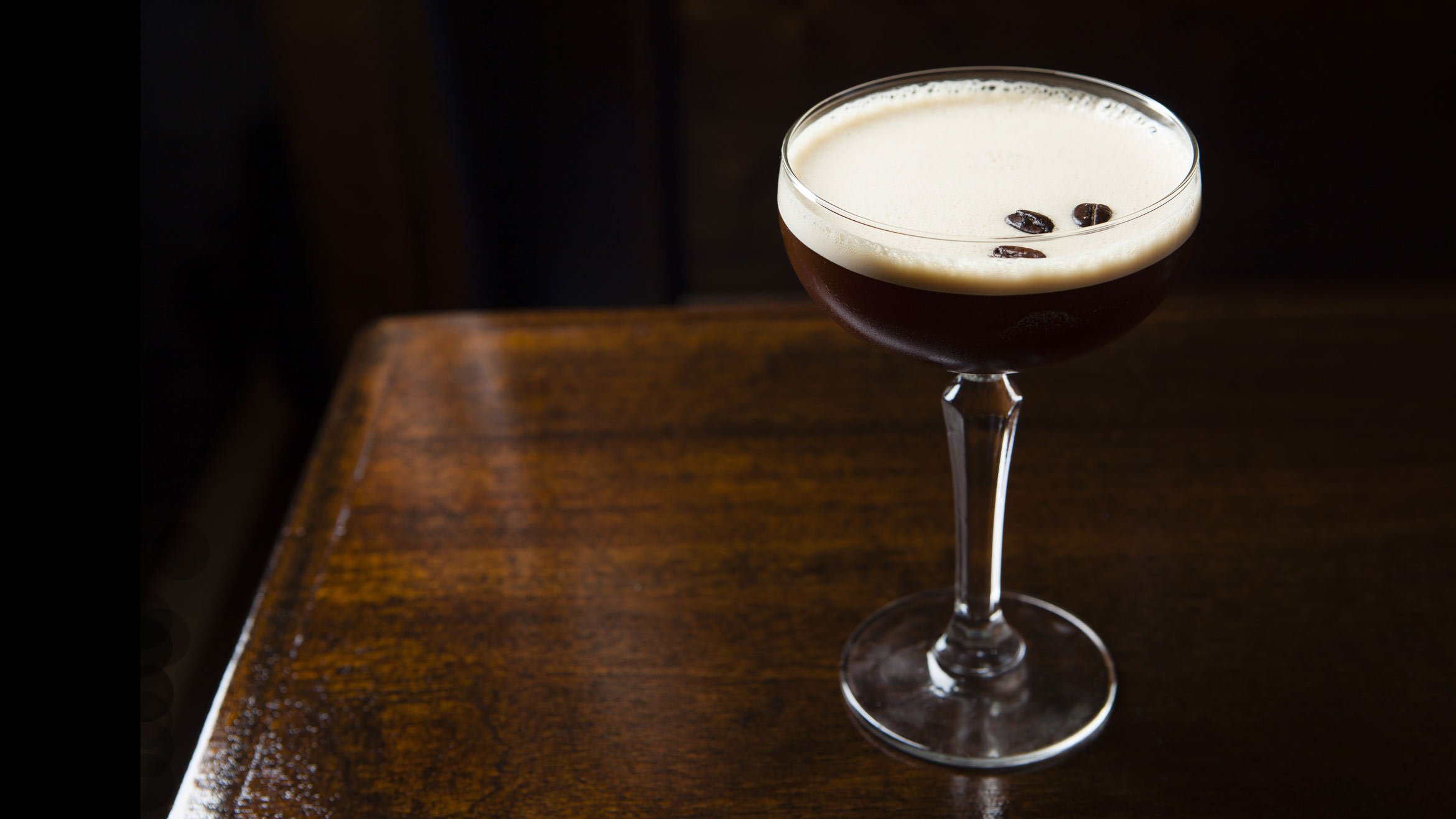
Espresso Martini was born in London, but because Australian bars are mostly coffee shops, equipped with espresso machines, it has unexpectedly become the most popular cocktail in the region. And in Taiwan, where fine coffee is becoming increasingly popular, more and more cocktail masters are noticing the potential of coffee as a cocktail ingredient. The next time you walk into a bar and see an espresso machine, grab an Espresso Martini or something with coffee in it!
Tips: minors do not drink alcohol, excessive drinking is harmful to health, prohibit drunk driving.
Important Notice :
前街咖啡 FrontStreet Coffee has moved to new addredd:
FrontStreet Coffee Address: 315,Donghua East Road,GuangZhou
Tel:020 38364473
- Prev
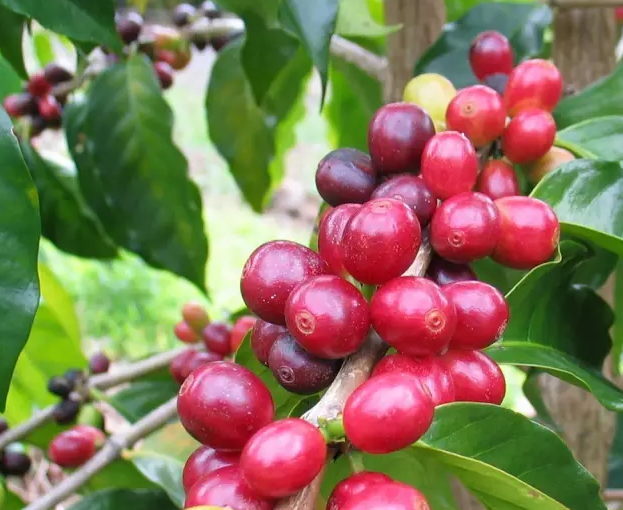
Indian Malabar style-stained coffee describes in detail how to maintain the effect of production methods on flavor.
When it comes to Asian coffee, most people will first think of Indonesian gold Manning and Toraya, or Vietnamese coffee or Liaoguo coffee, as well as recently developed coffee from Taiwan and Yunnan in China. Indian coffee has a long history, and it is also the first country in Asia to grow coffee. It has always had a place in the coffee world.
- Next
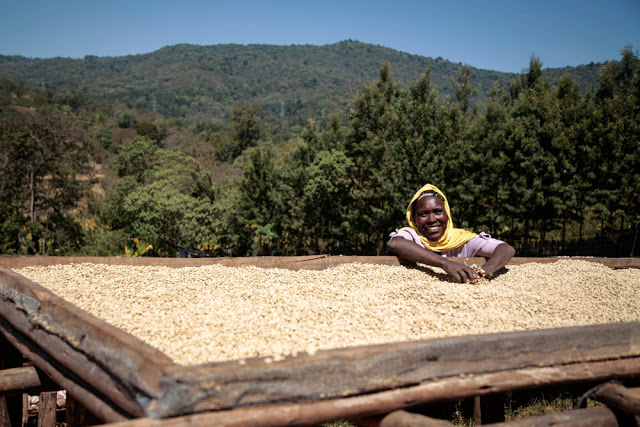
Why the flavor of sun coffee beans is more rich, and the washed coffee beans are cleaner?
Communication of professional baristas Please follow the coffee workshop (official Wechat account cafe_style) you may have heard a saying: the beans in the sun are rich in flavor, and the water is cleaner and sour. Is that true? There are some clues to the flavor of coffee beans from the way they are handled. Today, let's imagine the wind of coffee in terms of the process.
Related
- What is the meaning of lactic acid fermentation with coffee bean treatment?
- How to judge the state of foam by sound?
- How does the latte pull out the unicorn pattern? Come to get for a little trick to improve the flower pull!
- Will flower pulling affect the taste of the latte?
- Do you know the history of coffee?
- The difference between honey treatment and sun washing what is raisin honey treatment?
- What kind of milk can a novice use to make coffee foam to keep the foam longer? The correct method and skills of milking tutorial sharing
- Why do washed coffee beans taste sour? Flavor characteristics of washed Coffee
- Introduction to the skill of how to practice the size and height of water injection around the circle of hand-brewed coffee
- How do beginners practice coffee flower drawing from scratch?

